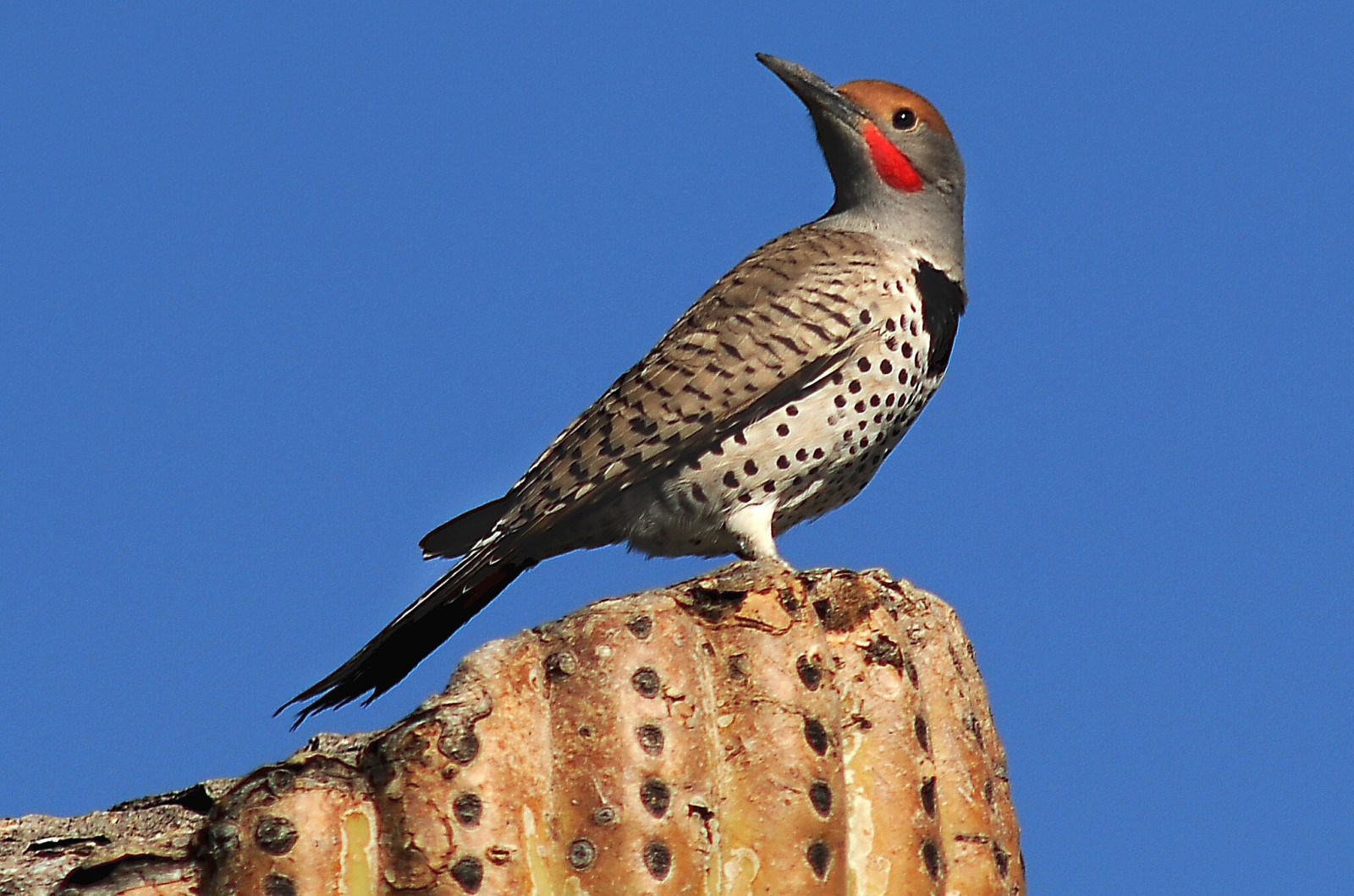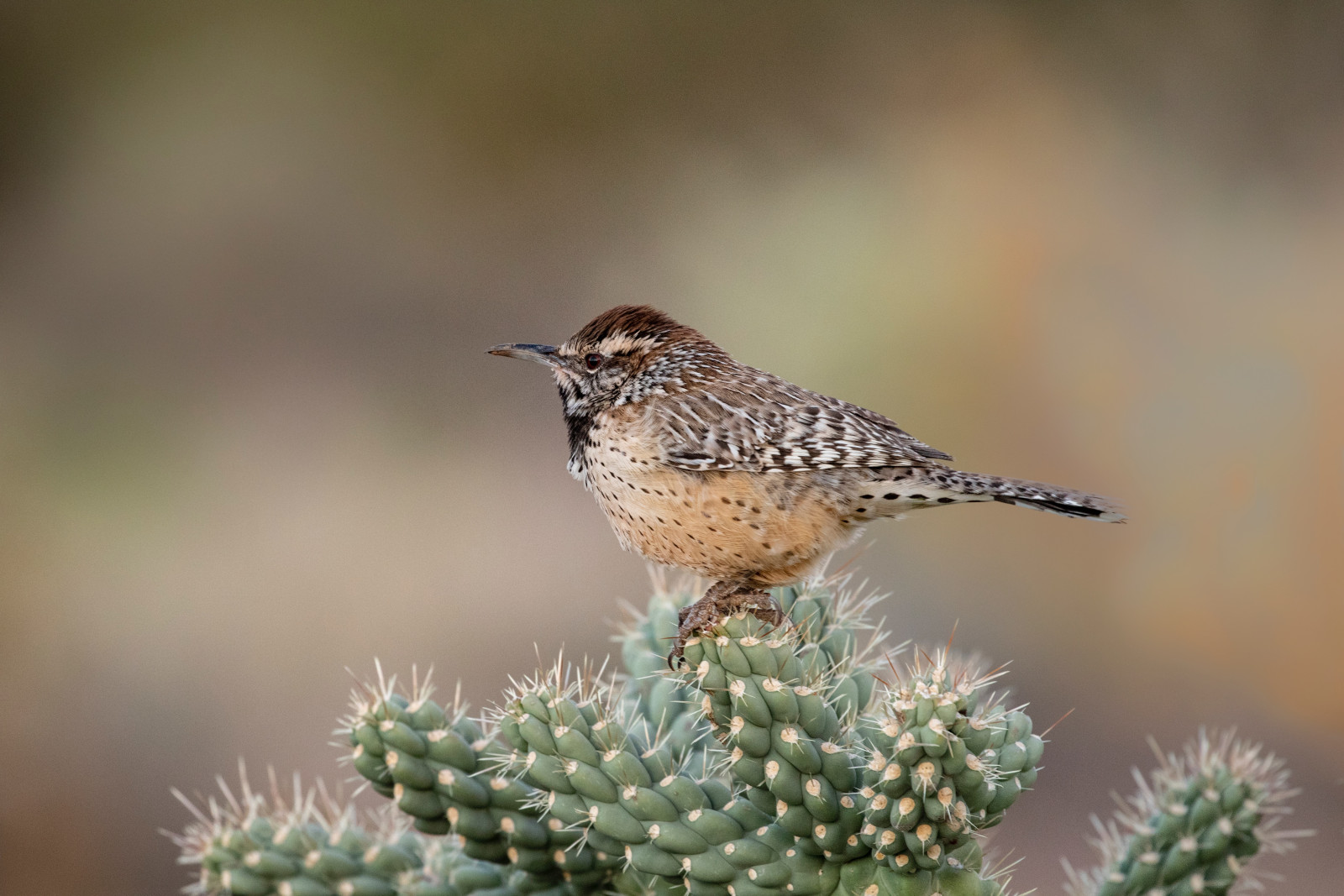Charger images
Les formats d'image autorisés sont de type jpeg, png ou gif
La taille maximale du fichier doit être de 20MB
 by Burley Packwood, CC BY-SA 4.0 httpscreativecommons.orglicensesby-sa4.0, via Wikimedia Commons.jpg)


Beautiful landscape and cactus forest of huge saguaro cacti. Many desert birds can be seen.
Saguaro National Park is 92,000-acre (37,000 ha) park in southeastern Arizona. It protects desert landscapes, fauna, and flora, including the giant saguaro cactus. The saguaro is the universal symbol of the American west. These majestic plants, found only in a small portion of the United States, are protected by Saguaro National Park, to the east and west of the city of Tucson. Here you have a chance to see these enormous cacti, silhouetted by the beauty of a magnificent desert sunset. It is the habitat of many mammals, reptiles and birds.
The western part of Saguaro National Park is at least as beautiful as the eastern part. It is more hilly and more separated from the city of Tucson by the Tucson Mountains. Saguaro National Park contains many species seen in few other places in the United States, such as Vermilion Flycatcher and Whiskered Screech-Owl. The diversity of habitats in the park ranges from lowland desert up to pine forests. These diverse ecosystems support a surprising array of bird life. Common desert birds include Greater Roadrunner, Gila Woodpecker, and Gambel's Quail. In the park's higher elevations you can find Yellow-eyed Junco and Mexican Jay. Among the other birds you can encounter are Elf Owl (on and in saguaro cactus), Gilded Flicker, Ladder-backed Woodpecker, Cactus Wren, Verdin, Black-tailed Gnatcatcher, Pyrrhuloxia and Lesser Nighthawk.
Saguaro National Park has two districts geographically separated by the city of Tucson. The Rincon Mountain District (RMD) is often referred to as Saguaro East, while the Tucson Mountain District (TMD) is often referred to as Saguaro West. It is just a 20 minute drive from the city of Tucson to the Red Hills visitor center of Saguaro National Park West where hiking trails start. Press P on the map for directions to the parking. The visitor center is open daily from 9:00 AM to 5:00 PM from October 1st to May 31st, and from 8:00 AM to 4:00 PM from June 1st to September 30th. In spring temperatures are nice.
Votre feedback sera transmis à l’auteur.rice de cette zone et à l’équipe éditoriale de Birdingplaces, qui l’utiliseront pour améliorer la qualité des informations. (Vous souhaitez publier un commentaire visible en bas de page ? Fermez cette fenêtre et choisissez l’Option 1 : « Publier un commentaire, un conseil ou une observation ».)
Veuillez fournir des suggestions d'améliorations ou d'ajouts au texte de ce site ornithologique.
Veuillez fournir vos suggestions d'améliorations ou d'ajouts à la carte.
Veuillez fournir des suggestions d'améliorations ou d'ajouts à la liste des oiseaux.
Cliquez sur l'icône de l'oiseau () Insérez les noms d'oiseau dans votre langue. Ils seront automatiquement traduits pour les autres usagers !